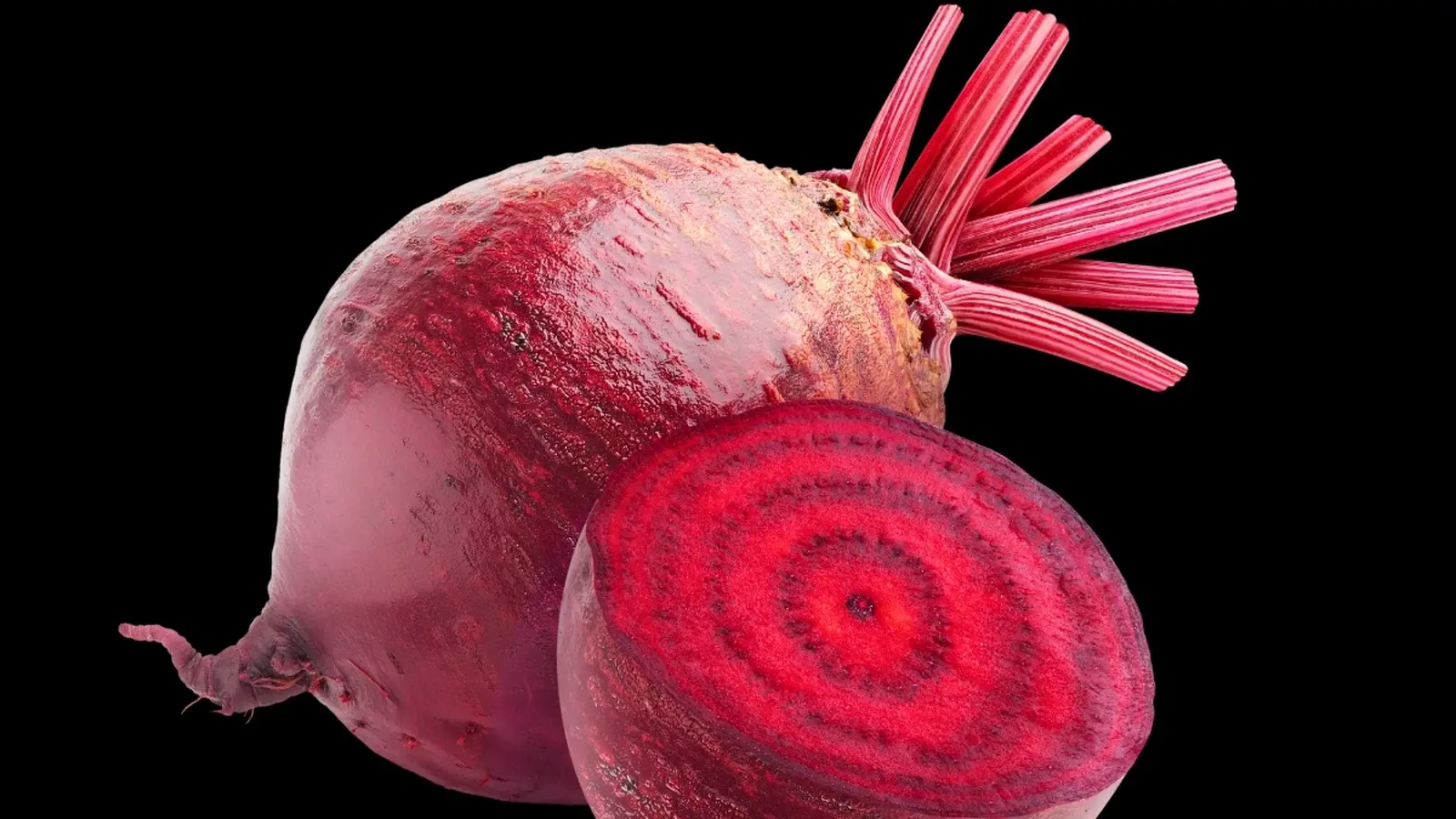6 Minutes
Most public health advice encourages fruit and vegetables as staples of a healthy diet. But for a small number of people, the natural sugar found in many plant foods—fructose—can trigger life-threatening reactions. Hereditary fructose intolerance (HFI) is a rare, inherited metabolic disorder that requires lifetime dietary management and clinical awareness.
What is hereditary fructose intolerance and how does it work?
Hereditary fructose intolerance is a genetic condition caused by mutations in the ALDOB gene, which encodes the enzyme aldolase B. Aldolase B is essential for metabolising fructose in the liver, kidneys and small intestine. Without functional aldolase B, fructose (and sugars that contain or convert into fructose) accumulates in cells, disrupting normal biochemical pathways and damaging organs.
Fructose appears not only in whole fruit and honey but also in many processed foods, sweetened beverages, some dairy products and even medicines or dental products that use sugar alcohols such as sorbitol. Sucrose (table sugar) and sorbitol both release or convert to fructose during digestion, so people with HFI must avoid them as well.
Symptoms: early clues and adult presentations
HFI most commonly becomes evident when infants start solids containing fruit, fruit-purees or sweetened baby foods. Early signs include vomiting, unusual sleepiness, irritability, refusal to eat sweet foods and poor weight gain. Some children instinctively avoid sweet tastes, which can mask the diagnosis.
Adults with undiagnosed HFI may present differently. Chronic abdominal pain, persistent fatigue, unexplained low blood sugar (hypoglycaemia), abnormal liver blood tests or an unexpectedly enlarged liver may be the only clues. Because these signs overlap with other metabolic or hepatic conditions, HFI is sometimes mislabelled as glycogen storage disease, recurrent hepatitis, or even an eating disorder.

For people with hereditary fructose intolerance, even a couple of bites of juicy watermelon can cause serious health problems.
How HFI differs from allergies and milder sugar disorders
It is important to separate HFI from immune-mediated food allergies and from less severe malabsorption syndromes.
- Food allergy: involves an immune response (e.g., hives, airway swelling, anaphylaxis). HFI is not immune-driven.
- Fructose malabsorption (sometimes called dietary fructose intolerance): a digestive issue where the small intestine poorly absorbs fructose, causing bloating, gas and pain but not the severe metabolic and organ damage seen in HFI.
- Lactose intolerance or non-celiac gluten sensitivity: these cause discomfort without the systemic metabolic derangements characteristic of HFI.
Diagnosing the condition: tests and pitfalls
Confirming HFI requires targeted testing. Genetic testing can identify mutations in the ALDOB gene and is now the preferred diagnostic approach. Historically, specialised fructose tolerance or enzyme activity tests were used, but genetic sequencing offers a safer, more definitive route.
Because symptoms can be subtle or atypical in older children and adults, clinicians need a high index of suspicion. Persistent unexplained liver enzyme elevations, recurrent low blood glucose without clear cause, or a strong childhood aversion to sweet foods should prompt consideration of HFI and referral for genetic counselling and testing.
Managing life with hereditary fructose intolerance
There is no cure for HFI, but strict and informed dietary avoidance of fructose, sucrose and sorbitol prevents acute metabolic crises and long-term organ damage. Many people with HFI live healthy lives once their diet is correctly adapted, but label reading and vigilance are essential.
Foods and products to avoid or check carefully
- All fruits, fruit juices, canned or dried fruit and fruit-based products.
- Any food containing sucrose (table sugar), high-fructose corn syrup, honey, molasses, or fruit concentrates.
- Sweet vegetables: peas, corn, beetroot, carrots, pumpkin, sweet potato and some squashes.
- Processed and marinated meats (deli meats, sausages), many sauces, dressings and some dairy drinks (e.g., chocolate milk).
- Products using sorbitol or other sugar alcohols (found in some chewing gums, toothpastes and medicines).
Safe staples generally include plain grains (rice, pasta without added sweeteners, quinoa), unsweetened dairy or natural yogurts, most non-sweetened proteins (meat, fish, eggs, legumes), and many vegetables that are not high in natural sugars. Working with a metabolic dietitian is crucial to build balanced, nourishing menus that meet energy and micronutrient needs without exposing the person to hidden fructose.
Public health, awareness and screening
HFI affects roughly 1 in 10,000 people and follows an autosomal recessive inheritance pattern—meaning a child must inherit a non-working ALDOB variant from both parents to develop the disorder. Wider awareness among paediatricians, general practitioners and dietitians could shorten the diagnostic odyssey many families face.
Parents who notice a child’s strong aversion to sweets, repeated vomiting after eating fruit, or poor growth should raise this with their clinician. For adults with unexplained liver abnormalities or recurrent hypoglycaemia, adding HFI to the differential diagnosis may prevent complications.
Expert Insight
"Hereditary fructose intolerance is uncommon, but its consequences can be severe if missed," says Dr. Maria Jensen, metabolic geneticist. "Early recognition and a coordinated approach—genetic testing, dietetic support and regular liver monitoring—change outcomes. Patients often report dramatic improvement once hidden sources of fructose are eliminated."
Dr. Jensen adds: "Clinicians should remember that simple questions about food preferences—does the child avoid sweets?—can reveal important diagnostic clues. And because fructose hides in many processed products, families need practical label-reading skills, not just a list of banned foods."
What researchers are focusing on next?
Current research on inherited metabolic disorders like HFI centres on improving genetic screening, refining dietary guidelines and developing educational tools for patients, families and health professionals. Although enzyme replacement or gene therapy for HFI is not yet available, advances in gene editing and targeted therapies for metabolic diseases make future interventions conceivable.
In the meantime, the combination of genetic diagnosis, tailored nutrition and ongoing clinical monitoring remains the most effective strategy to prevent acute crises and long-term liver or kidney injury.
Source: sciencealert
Comments
bioNix
Wow, never knew fruit could be deadly for a few ppl. Scary that fructose hides in so many processed foods. Label reading = survival ugh


Leave a Comment